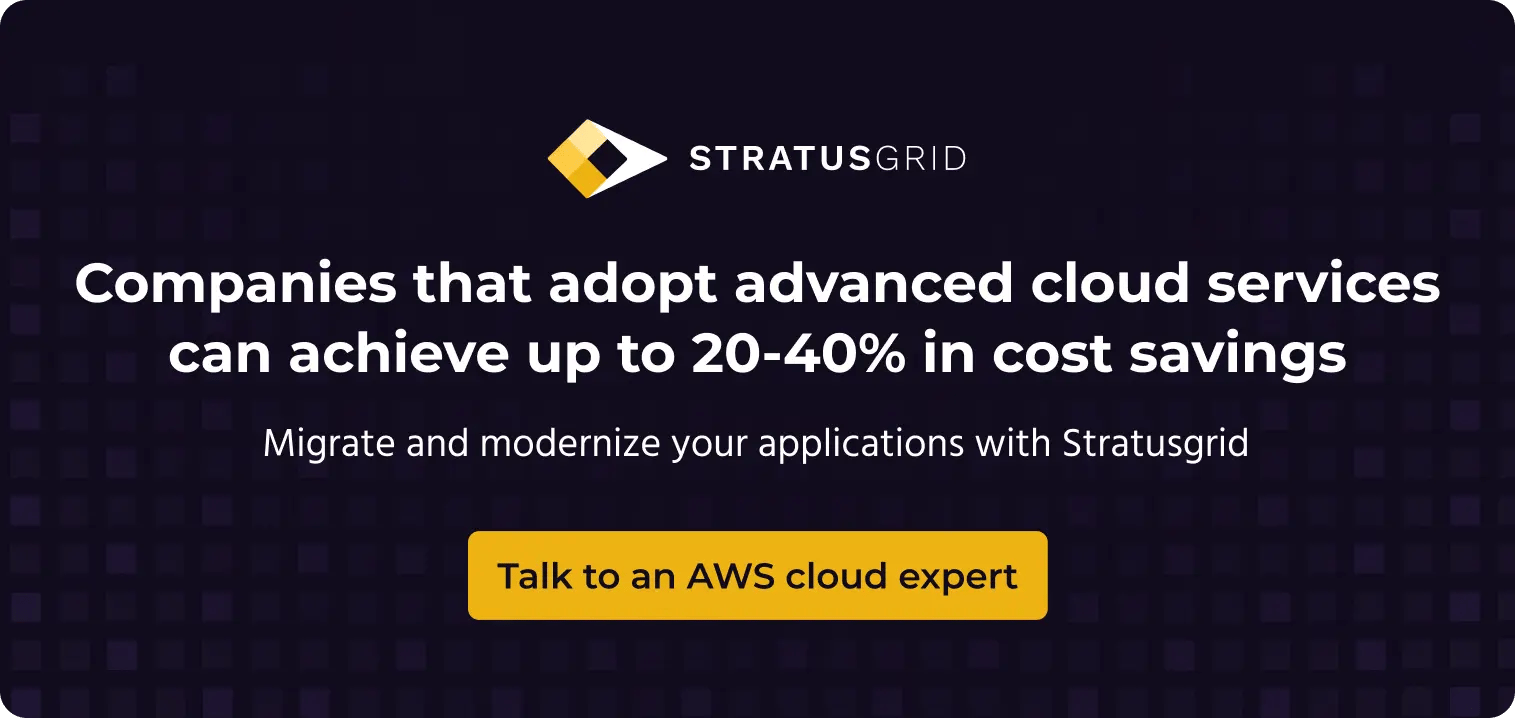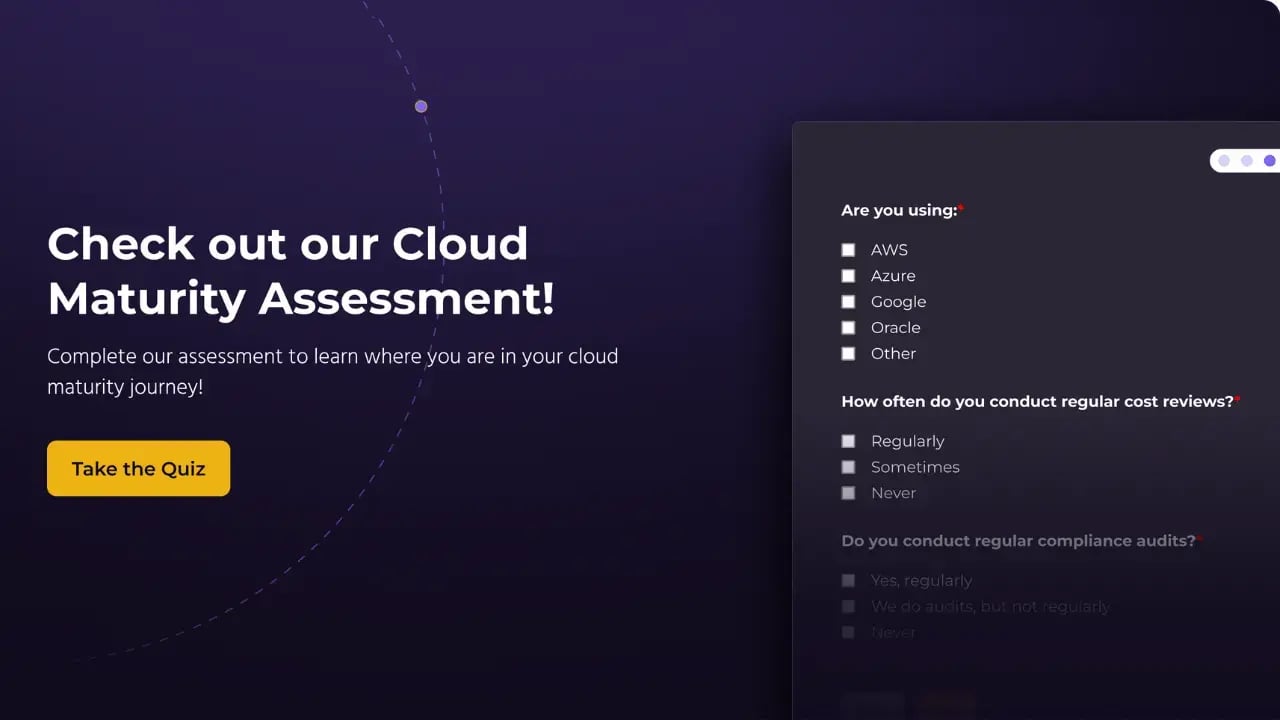Updating your applications can bring your business huge benefits. It can lead to more sales and happier employees. Before you start updating your portfolio, you must know where each app stands. You do that by evaluating your portfolio of applications. In this article, we look at exactly how you can assess your portfolio and what your next steps are.
What is Application Modernization?
IBM defines application modernization as
“Application modernization is the process of taking existing legacy applications and modernizing their platform infrastructure, internal architecture, and/or features.”
Normally, we talk about taking older, on-premises applications and moving them to the cloud.
This process is especially relevant as businesses compete to be the fastest, most efficient, and stable.
Modernizing apps means that engineers and developers will spend less time on maintenance. Their time will be spent launching new features and innovating. For business leaders, modernizing often leads to more sales. It also leads to fewer cancellations and happier employees.
Why You Should Assess Your Application Portfolio
Despite the benefits of modernizing your applications, many companies are reluctant to begin as it can be expensive and take up a lot of time. It can be difficult to persuade business leaders that it is the right time to start.
Assessing your application portfolio shows you where your business’s technology currently stands. From there, you can think about where you want to be in the future and how to get there.
Especially since modernizing helps the entire business:
- Scale easier,
- Improve user experience,
- Make functionality better,
- Speed up development,
- Shorten time to market,
- Reduce maintenance costs,
- Integrate with other apps more easily.
What Technologies Need Modernization?
The four technologies that most commonly require updating and modernizing are:
- Legacy programming languages: Legacy programming languages, such as Visual Basic or Fortran, should be updated to more commonly used ones such as Java, SQL, or Python.
- Poor automation: Any system that requires a lot of manual work. Manual processes could be when you release new features, update the system or anything that takes up your team’s time that isn’t strategic.
- Outdated databases: Older databases, for instance, Microsoft Access, may need to be updated to a more modern or cloud-based one.
- Non-responsive websites: A slow website, or one not designed for different screen sizes, needs to be modernized and made responsive. You’re missing out on potential clients by not adjusting your website to their needs.
How to Evaluate Your App Portfolio for Application Modernization
When assessing your application portfolio, there’s a lot to consider before beginning your modernization. We’ve collected tips on how to evaluate your portfolio.
- The Pre-Evaluation Stage
- Setting Clear Objectives for Modernization
Set clear, measurable goals for your modernization process. With these goals, you can measure how successful the modernization project was. Using SMART goals can help you to do that. At this stage, you also need to define who will be involved, having a cross-discipline team will help.
- Understanding Your Current Application Landscape
Start by mapping your current applications. Inventory all of them, including their usage, dependencies, functions, architecture, and ownership. Consider the risks and costs of modernizing each application.
- The Evaluation Process
- Assess Application Relevance and Performance
Your team needs to analyze how each app is performing, and what the relevance of each one is to your business. You could define this by each app's technical health. You could also look at user count or the app's importance for the company's bottom line and plans. The complexity of each application should also be considered. This includes any security vulnerabilities and customer satisfaction.
- Identify Opportunities for Improvement
Based on the categories above, you can highlight any applications that could be improved. This improvement could involve modernizing your app or improving within your current structure. You may need to retire applications that are no longer useful. Others can be migrated to the cloud, or adjusted so that the user experience is better.
- How to Prioritize Applications for Modernization
- Categorizing Applications Based on Modernization Needs
With all the categories outlined above, you should have a list of all your applications. Different team members will have different opinions on which apps need to be modernized first. It’s important to weigh both technical and business needs.
- Creating a Modernization Roadmap
Once you have the top applications to be modernized, you need to create your roadmap with a clear timeline. This roadmap must include actions, deadlines, resource allocation, and expected outcomes.
The Rs of Application Modernization
You've assessed your portfolio and found the applications ripe for modernization. Now, it's crucial to decide how to transform them.
There are several strategies for updating and enhancing your digital infrastructure. These methods are sorted by how complex they are to implement. They balance risk and impact on your systems.
Each approach offers unique benefits and considerations for your business. Learn more about these strategies and how to choose the best path for your application's modernization in The Rs of Application Modernization: 8 Proven Strategies for Success.
Partnering with the Right Application Modernization Service Provider
Doing a full modernization of your whole portfolio can be intimidating without an experienced partner. While it is possible to modernize applications without external help, it can make all the difference to have an expert on hand. A professional can do a lot of the heavy lifting for you, giving you the gift of time and peace of mind.
How StratusGrid Can Help With Application Modernization Services
As an AWS-certified partner, StratusGrid has more than 10 years of experience in modernizing applications to be cloud-native. Our engineers can help with:
- Alignment and analysis: We identify your organization’s goals, the best ways to measure results, and a baseline to refer to before working on your AWS environment.
- Planning: We build a detailed and measurable action plan, perform a risk assessment, and identify migrations to make improvements and ensure it aligns with your company goals.
- Testing and execution: We test our assumptions and do pilots to help de-risk the project. Working alongside your team, we execute the plan while monitoring process changes as needed.
- Reviewing results: We complete a closing presentation to your main stakeholders so that you understand and can measure the impact of our work together.

Ready to Elevate Your Applications? Let's Talk Modernization
Embark on your application modernization journey with confidence and the expertise of StratusGrid by your side. We are your trusted AWS-certified partner. We are committed to making your applications cloud-native. We will ensure they're not just up-to-date but ahead of the curve. Contact StratusGrid today for expert AWS modernization services.
BONUS: Find Out if Your Organization is Ready for The Cloud ⤵️
